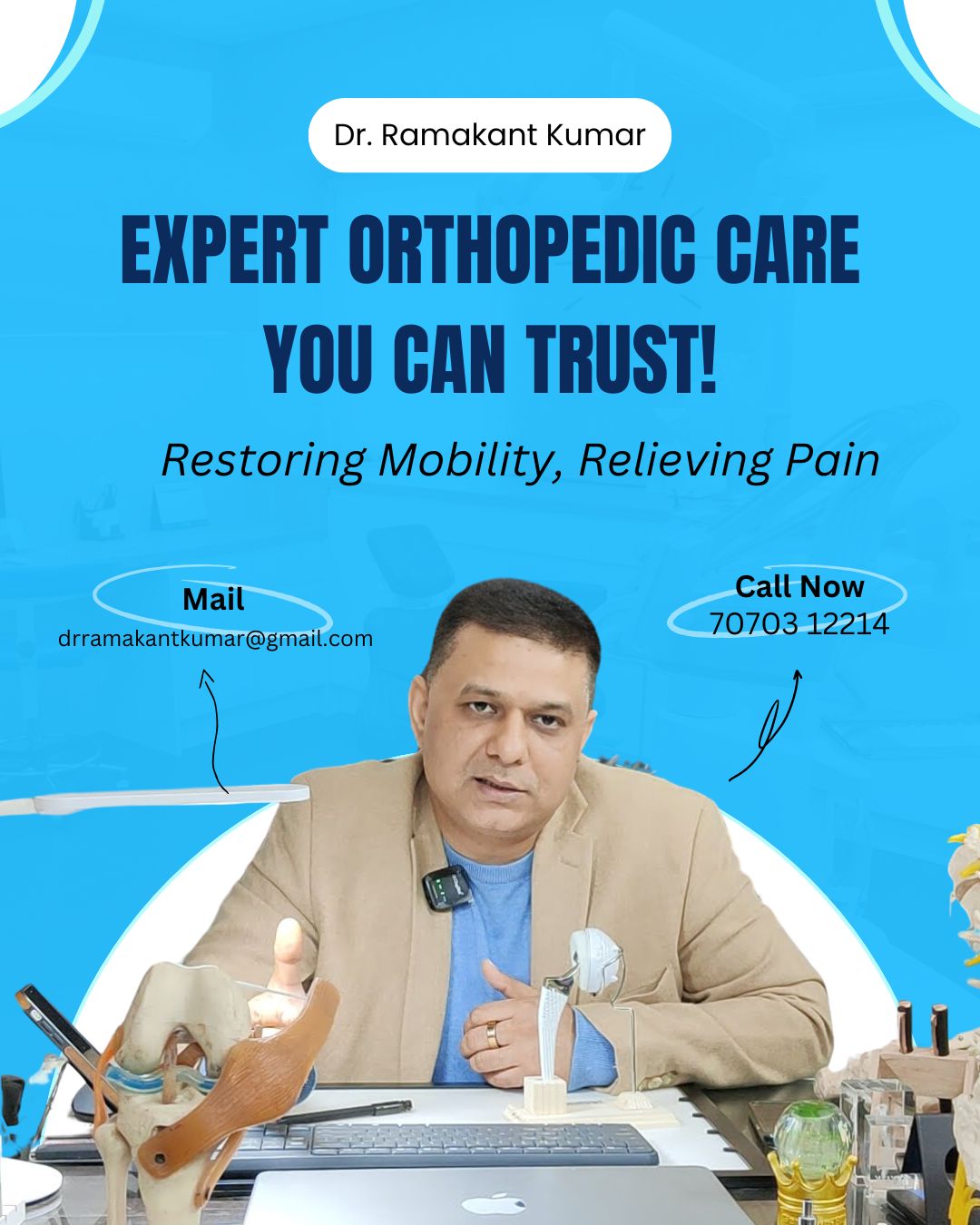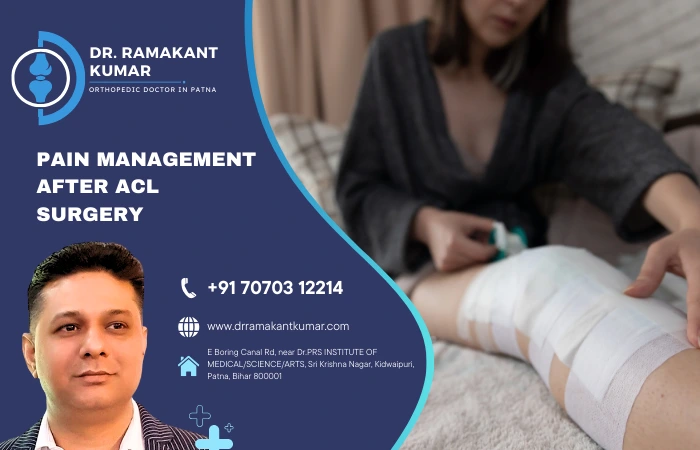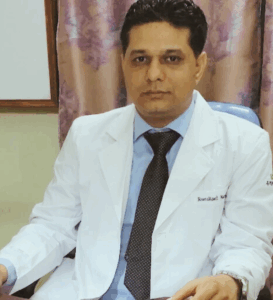The knee is a complex articulation with multiple components, which makes it vulnerable to injuries.
Also, as an articulation of the hinge, the knee remains attached by two pairs of ligaments, including ligaments on each side.
These ligaments are the cruciate ligament (PCL) and the Anterior Cruciate Ligament (ACL), which hold together the knee bones and help control the movements of the knee.
ACL is one such ligament that is more prone to injury. ACL injury can even occur due to non-contact situations like landing from a jump, sudden deceleration, or pivoting.
However, theirs no need to worry because, orthopedic expert can fix this issue with the use of minimally invasive surgery.
The surgery itself is painless because of the anesthesia, but patients may feel pain after the surgery, when the anesthesia wears off.
That’s why it’s important to know some methods of pain management after ACL surgery, before opting for it.
Contents
Pain Management after ACL Surgery
Here are some important things you need to consider after your ACL surgery, if you wish to manage the pain and discomfort:
1. Reduce Swelling
Swelling is part of the surgical inflammatory response caused by trauma that leads to extreme pain after ACL surgery. Also, it can cause joint stiffness and muscles to stop working.
Swelling is treated with rest, ice, compression, and elevation. As long as the swelling persists (may last for several weeks), wear a Tubigrip compression sleeve on your knee.
2. Bend the Knee From Time to Time
The difficulty with flexion (or flexion) of the knee is much less common after reconstruction surgery of the ACL.
That’s why the best doctor for ACL surgery in Patna advises patients to bend their knees from time to time.
It is very safe to bend the knee…and the physiotherapist… will have you on the day of the CPM machine after surgery.
Flexion will not return without a bit of soft push on your part. Start with the fall and hanging exercise in my rehabilitation program. Some people are worried about damaging their reconstruction.
This can be an error since it leads to inadequate rehabilitation and rigidity.
Though. Reconstruction is stronger than you think… and will not be damaged by a blunt extension or bending in the first weeks.
3. Walk
As simple as it sounds, regaining full weight after a week on crutches is an important milestone & that can be done through walking after ACL and meniscus surgery.
It is important to use crutches and partial weight-bearing in the first week.
But other than that, if you keep on crutches, muscle atrophy will happen quickly.
Every step you take will contract your quadriceps, hamstrings, and calf muscles and begin to restore normal neuromuscular function.
Note: walking too much after ACL surgery is also not a good option, so try to have a shorter walk than usual.
Signs & Symptoms of ACL Injury
According to Dr. Ramakant Kumar, the top Orthopedic Doctor in Patna, the signs and symptoms of an ACL injury or tear are severe pain and swelling (sometimes accompanied by a bounce and clicking of the knee), making it difficult for the patient to move or walk.
However, if left untreated, the swelling and pain may disappear on their own, but the knee may remain unstable, and the patient may further damage the knee’s shock-absorbing cartilage (meniscus).
Other Symptoms Include:
- Inability to move in the full range.
- Tenderness along the joint line.
- Uncomfortable walking.
The diagnosis of an ACL injury can be confirmed by a physical examination, which includes comparing an injured knee to an uninjured knee to help determine the status of the ACL.
Although magnetic resonance imaging (MRI) can create better images of soft tissues such as ACLs, it is usually not necessary to diagnose a torn ACL.
Dr. Ramakant Kumar – Best Doctor for ACL Surgery in Patna
Dr Ramakant Kumar is a dedicated orthopedic doctor in Boring Road, Patna, and a high-profile surgeon with several publications in the PubMed database.
Moreover, he was glad enough to receive his orthopedic surgery training at the reputation of India Medical Science Institute (AIIMS) in New Delhi.
Since then, he has achieved significant progress in the field of orthopedics, with a particular emphasis on the hip and knee.
Now, if you have any further doubts about pain management after ACL surgery, then leave your queries in the comment section below.
Conclusion
ACL injury is a common issue, especially among athletes. However, if you are athletic, worry not, as it can be fixed with orthopedic surgery.
ACL surgery at a top ortho surgeon in Patna will be painless and comfortable. However, the patient may feel pain after the procedure, which can interfere with their day-to-day life.
That’s why in this blog, we have talked about methods of pain management after ACL Surgery. Additionally, we have also discussed the common symptoms of ACL surgery, to help to know when to opt for the surgery.
If you wish to get safe, effective, and affordable ACL surgery in Patna, look no further than Dr. Ramakant Kumar.
To book an appointment, you can either visit the clinic or simply click the button below.




